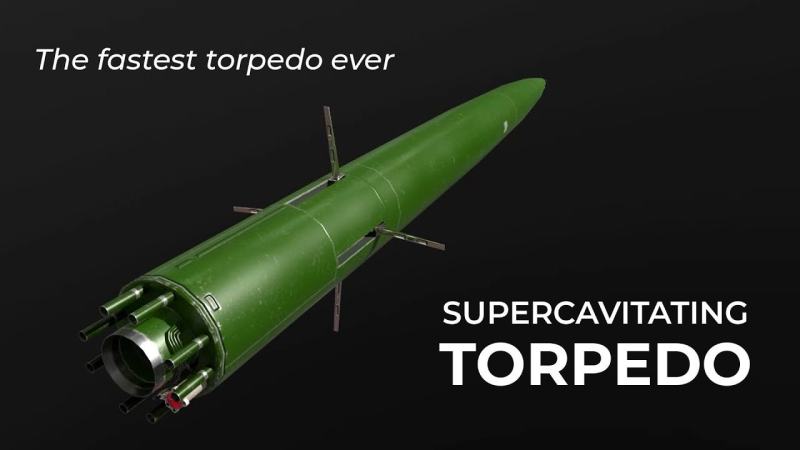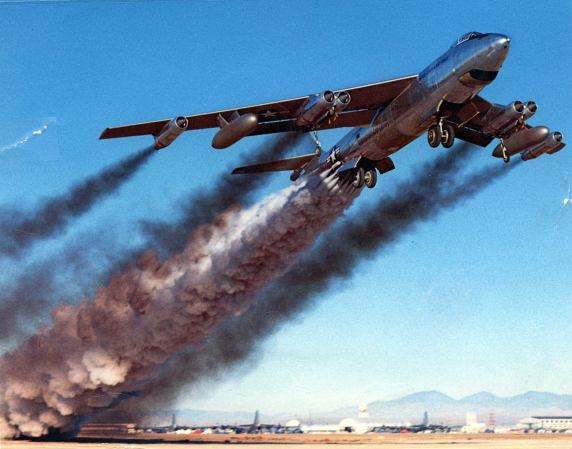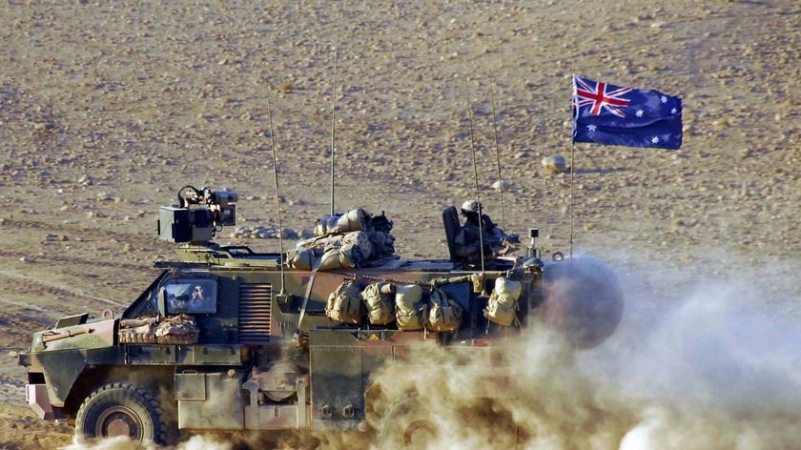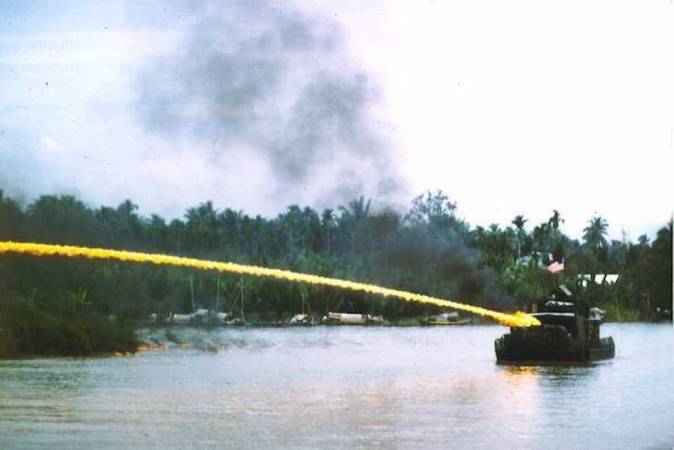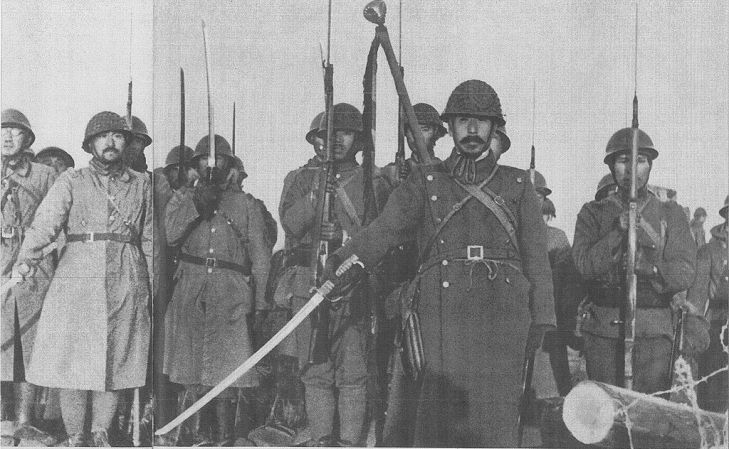When you don’t just want to take down an enemy but instead punish the enemy’s troops for opposing you in the first place (and also aren’t looking to commit war crimes), thermobaric weapons are the go-to. So it’s no wonder the Russian military is using them in its bitter contest with Ukraine.
Thermobaric weapons are also known as vacuum bombs, and they are considerably more explosive and energetic than other conventional explosives. Instead of using a fuel-oxidizer premix, thermobaric weapons are almost completely made up of fuel. Once detonated, the open weapon uses the oxygen around the area to create a flame front as the fuel oxidizes.

Essentially, they suck in the surrounding air to generate more high-temperature and high-pressure explosions than other conventional explosives. The power of these weapons means the blast wave is much longer than other conventional explosives, and they are significantly more destructive when used against fortifications like bunkers.
For troops on the ground, it’s a terrible way to die. The pressure wave as the vacuum in the air that follows the burst ruptures human lungs. If detonated in a confined space, those close to the weapons are completely obliterated. Those not right next to it, but still close enough to get damage from it will find organs ruptured, along with their eyes, eardrums and other internal organs bursted from the wave.

If the weapon doesn’t detonate, but the fuel is still dispersed, then anyone within a certain radius will inhale toxic, burning chemical vapors. Still conscious, the victims of the weapon will be awake as they struggle to breathe before dying.
Though first developed by the United States, Russia developed thermobaric weapons systems of their own, including everything from hand-thrown grenades and shoulder-mounted rockets to artillery shells and warheads. The Soviet Union and later Russia has since used these weapons in all of its recent conflicts, including border clashes with China, the Afghan Mujahideen, Chechnya, and now Ukraine.
Thermobaric weapons are not specifically banned by the laws of armed conflict or the Geneva Convention but are banned for use in civilian areas, even when attacking a legitimate military target. The weapons cause undue pain and suffering, but not enough to be banned outright.
Russian Thermobaric weapons have turned up in Syria in the past few years, but British authorities have confirmed through the Russian Defense Ministry that Russia has used its TOS-1A rocket artillery and vacuum bomb rockets in its ongoing invasion of Ukraine.

The United States first developed the weapons during the Vietnam War but they came into heavy use during its war in Afghanistan, against fortified cave systems and in mountain ranges. In civilian areas, they can be particularly destructive, hence the banning of their use in those areas.
The 1983 Beirut Barracks bombing in Lebanon that killed 241 American personnel was an fuel-air thermobaric explosive, as was the bomb used in the 1993 World Trade Center Bombing. Terrorists have used it to devastating effect in civilian areas.
The United States most recently used them in the Battles of Fallujah during the Iraq War and still has thermobaric weapons, as does some of its allies. But like other controversial weapons, the U.S. is unlikely to give them up, either through policy or by treaty.



